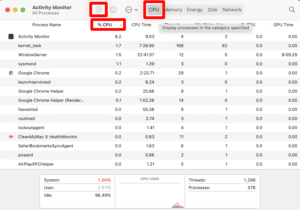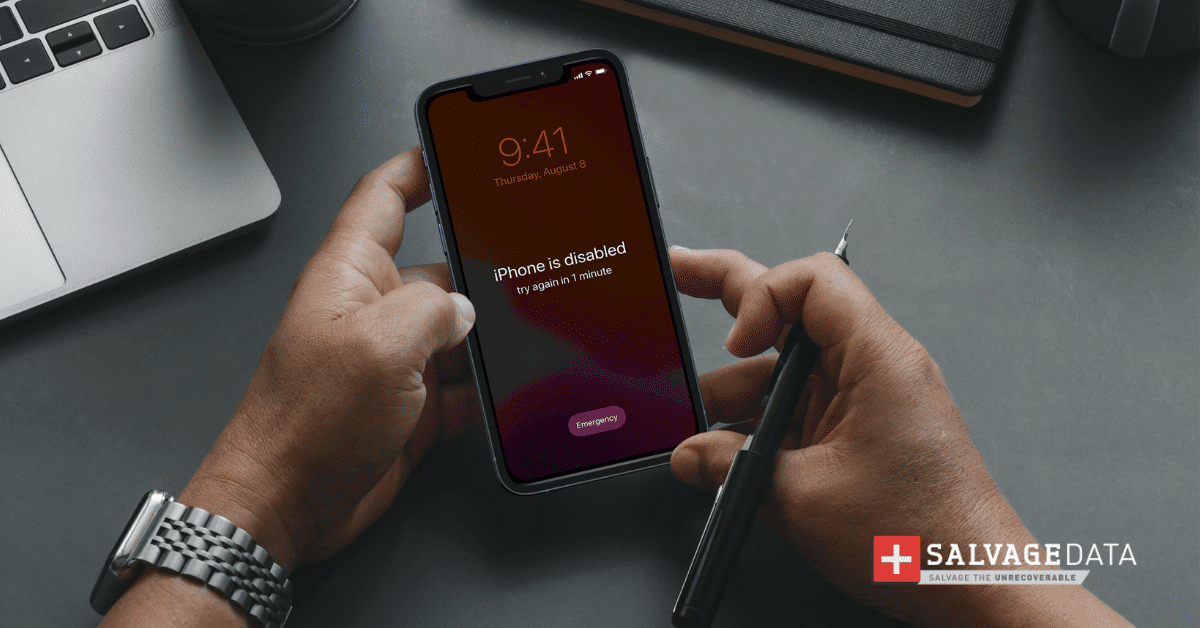Recent Articles
How To Recover Overwritten Files
The Snowflake Data Breach: A Comprehensive Overview
Mac Not Recognizing External Hard Drive: Quick Fix Solutions
How Multi-Cloud Backup Solutions Can Prevent Data Disasters
Capibara Ransomware: What is it & How to Remove
What Should a Company Do After a Data Breach: The Ticketmaster Incident
Secles Ransomware: Removal Guide
What To Do When Your Chromebook Freezes
How to Create Hyper-V Backup
What Is The Best Data Recovery Software For PC
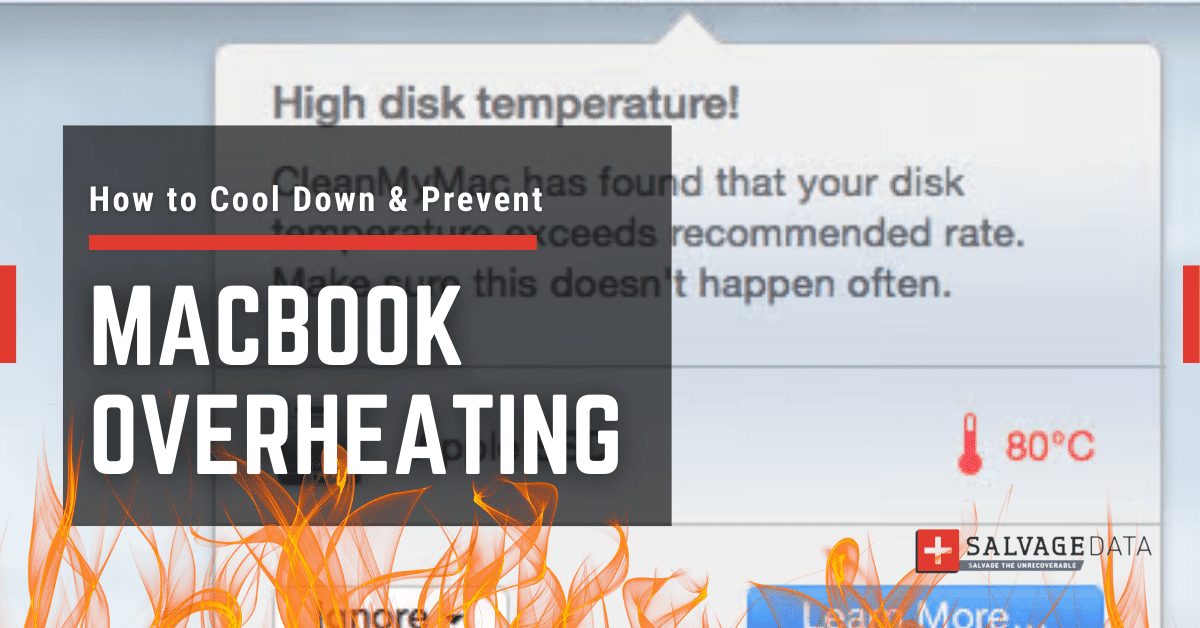
I think there's an issue with my storage device, but I'm not sure Start a free evaluation →
I need help getting my data back right now Call now (800) 972-3282
Unfortunately, like any laptop, Apple’s Macbook is susceptible to some errors and problems. You should be concerned if your Mac is overheating since it can lead to several issues, including malfunction and data loss.
If your MacBook gets too hot, not only is it uncomfortable to work with, but you can also damage its internal components and reduce your battery’s lifespan. So if you’re noticing that your fan is spinning more than usual, or if your MacBook seems to be running hotter than normal, there are a few things you can do to cool it down.
Top Summary: Apple devices are not flawless, even though they can get close to it. But mishandling can cause more harm to your devices than any other aspect. A Mac overheating has several causes, but you can prevent them all. By simply keeping your Mac vents free from obstructions and clean, and opening only necessary and in-use programs, you can preserve your Mac life.
Why is my Mac overheating?
There are a few factors that can cause your MacBook to overheat.
- Heavy programs
- Streaming video for extended periods
- Dust inside the MacBook
- Blocked vents interfering with air circulation
- Faulty fan
- Battery issues
How to cool down an overheating Mac?
The minute you notice that your Mac is overheating, turn it down and wait a few minutes. If it keeps getting hot once you start using it again, then you should investigate why the laptop is overheating.
Follow the next list to eliminate the overheating causes and cool down your Mac.
1. Don’t block the Mac’s vents
Any material can block the vents. Especially if you’re using your MacBook while on the sofa or bed.
Although laptops are easy to carry around and use anywhere you are, it’s not recommended that you do so. That’s because you can prevent the hot air inside from coming out, and overheating it. Not to mention the harms it can cause to your own health.
2. Use your MacBook on an appropriate surface
Keeping your laptop on a hard, flat surface also helps both cooling and avoiding Mac overheating because it allows air to circulate more easily.
3. Clean your Mac
Cleaning out your laptop regularly is always recommended. This means removing physical debris from around the vents as well as any software that might be contributing to excessive heat buildup.
Remove your MacBook bottom and gently blow and clean any dust from it.
4. Find Mac’s overheating cause with Activity Monitor
The more activities you have on your MacBook, the more the engines run, the harder your computer works, and the warmer it gets.
An overloaded CPU (central processing unit) for a long period will overheat your Mac. You can check it to make sure everything is working properly.
To do it, go to:
Finder > Applications > Utilities > Activity Monitor
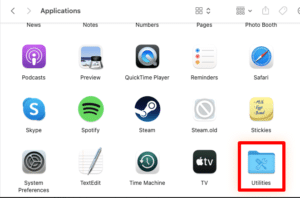
On the Activity Monitor, click the CPU tab. Then, find which applications are consuming the most processing resources. You can see it in the % CPU column.
Select and then use the X button to shut down intensive processes and reduce the load on your CPU.
5. Remove the Mac from direct sunlight
Not only iPhones can be harmed by straight sunlight. The MacBook can also be overheated because of the sun’s heat and other extreme climate temperatures.
Removing the Mac from the direction of the sunlight can help cool it down.
6. Close some browser tabs & programs
It may be hard to believe, but too many tabs open on your browser can make your Mac overheat.
That’s because they are consuming your computer’s performance in the background. It can interfere with the speed and memory of your machine.
All this together can overheat the MacBook. Once you close some tabs you’re not using, you can help the computer cool down.
The same happens when you use a lot of software at once. Your computer’s processors will work harder, and so will your fan to keep everything at the normal temperature.
Close some programs, especially those working in the background, to relieve your machine tasks.
7. Keep your Mac up to date
Ensure you’re installing the latest software and firmware updates whenever available, as these can help with cooling performance.
Check the box to set an automatic update of macOS.
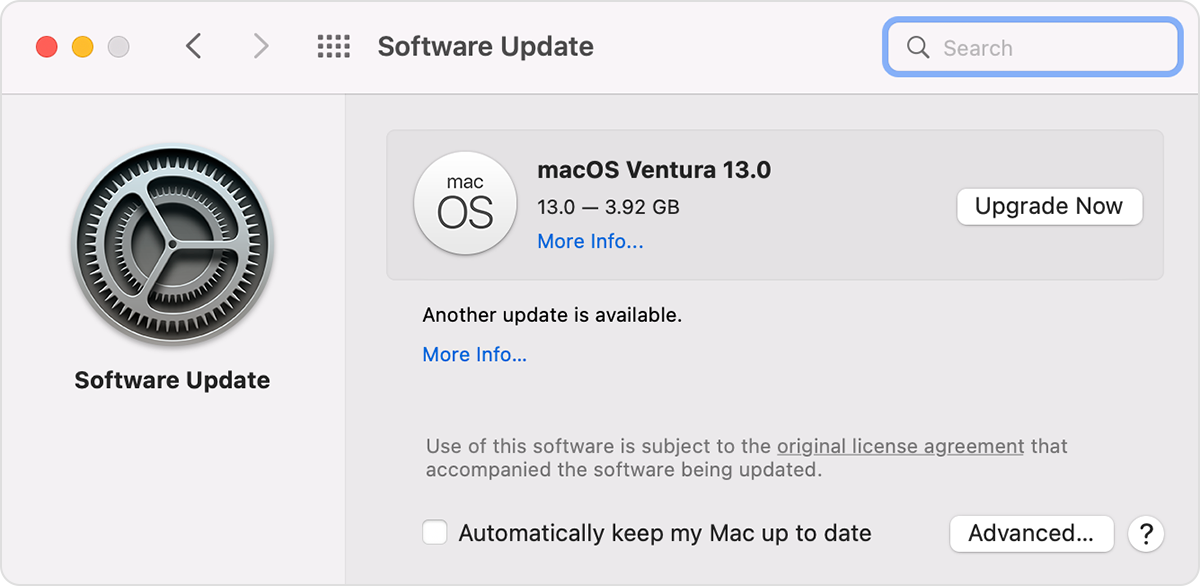
Source: Apple support
8. Check your Mac’s fans
Although very unlikely, your MacBook fan can fail.
Find out if this is the reason behind your Mac overheating by running a built-in Apple diagnostic tool.
On a Mac using an Apple silicon processor:
Step 1. Turn off your MacBook, leaving it plugged into an outlet.
Step 2. Press and hold the Power button
Release the button when you see the startup options screen.
![]()
Step 3. Hold Command + D and follow the instructions to complete the test.
Once the results are ready, look for any error codes that begin with “PPF”. These Mac error codes refer to fan issues. If there’s any with this beginning, contact Apple support or find a trustworthy recovery service near you to adequately address the issue.
9. Only use original or official brand peripherals
If you’re using a non-original charger, it can affect your battery performance and impact your computer’s heating.
Anytime you need external parts or peripherals (HDDs, mouse, keyboard, etc.), choose those that are authorized by Apple. This can help you avoid several issues, including preventing Mac overheating.
10. Use a laptop stand or cooler
You may consider investing in a laptop stand or cooler so that your machine gets extra air circulation while in use.
However, this will not exclude the other precautions listed here, since misuse and multiple tasks can still overheat your MacBook when it lasts too long.
TL; DR: The bottom line is that an overheating MacBook should not be taken lightly. Overheating is an issue that can cause long-term damage to your machine. To prevent your MacBook from overheating, clean out the vents and dust regularly, use the proper charger, and keep your mac away from direct sunlight and heat sources. Invest in laptop stands or coolers for extra air circulation.
If the Mac overheating problem persists, contact a professional technician to ensure that all of the internal components are in good condition. With these tips, you can ensure that your mac remains cool and running optimally for years to come.











